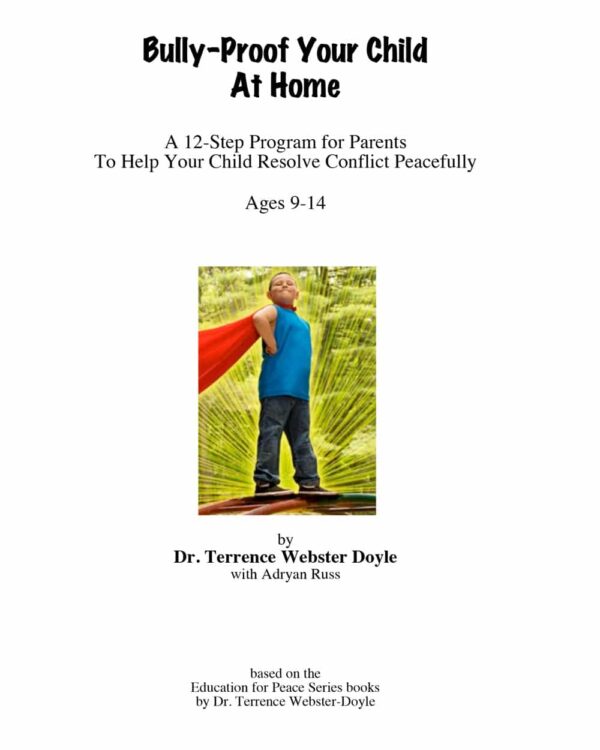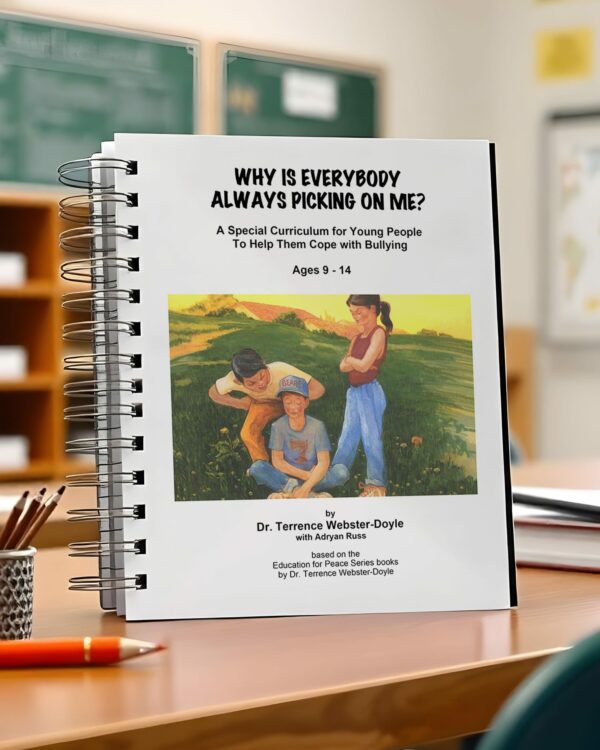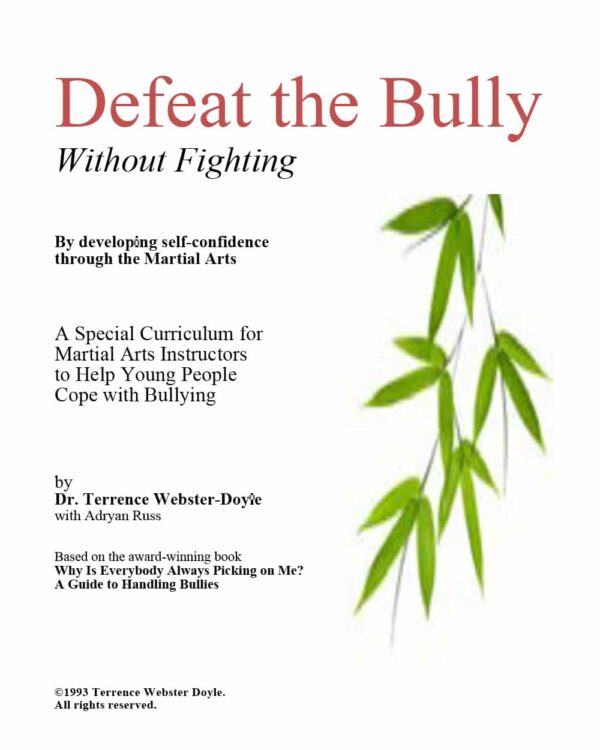How Group Mentorship Programs Create Safer & More Supportive Schools

It’s harder for bullying to take root in a school where students actually know and look out for each other. That’s what group mentorship programs are all about: connecting students across grades in ways that feel meaningful and giving older kids opportunities to take on real leadership.
When those relationships are built early, problems are less likely to escalate and kindness and respect become part of everyday school life.
We’ve seen this work again and again. Our MAP STARS program gives older students the skills to guide and support younger ones through activities that strengthen empathy and build trust.
Benefits of Group Mentorship for Bullying Prevention:
- Strengthens relationships between students of different ages
- Gives older students a meaningful leadership role
- Creates more opportunities to spot and address problems early
- Makes school feel safer and more supportive
In this post, we’re diving into why group mentorship can completely change how your school approaches bullying prevention and why it might be one of the most impactful steps you ever take.

The Problem: Disconnection Fuels Bullying
Bullying often starts where students feel separated from each other. When there’s little interaction between different grades or social groups, it’s easier for stereotypes and misunderstandings to take hold.
Kids are less likely to empathize with someone they barely know, which can make it easier for hurtful behavior to slip in unnoticed or be brushed off as “just joking.”
In many schools, most of the attention goes toward stopping incidents after they’ve already happened. While that’s important, it doesn’t address one of the roots issues, which is a lack of connection.
Without intentional opportunities for students to build relationships outside their usual circles, it’s harder to create the kind of environment where everyone feels included and supported.
Anti-Bullying Resources
How Group Mentorship Changes a School’s Dynamic
Group mentorship brings students together in ways that regular classroom interaction often can’t. Older students get a chance to guide and encourage younger ones in structured activities, which helps break down social barriers.
Over time, these connections make it easier for students to understand each other’s perspectives and look out for one another.
In a typical session, you might see an older student helping a younger one figure out how to handle a disagreement with a classmate or walking them through a challenging science project. Sometimes it’s as simple as a mentor noticing that a younger student seems quiet at lunch and inviting them to join their table.
These small moments, repeated over weeks and months, turn acquaintances into genuine friends. Instead of friendships forming only within the same grade, mentorship creates bridges across the school.
Younger students gain someone to turn to who’s walked the same halls and faced similar challenges. Older students discover that their influence matters and that they can use it to make school a more welcoming place for everyone.

The Ripple Effect on School Life
When group mentorship is part of everyday school life, the benefits reach far beyond the students directly involved. Younger students often become more confident because they know they have someone older looking out for them. Mentors grow into their leadership role by learning how to listen and set a positive example.
These changes shape the way students treat each other throughout the school day. Bullying is less likely to go unnoticed, and kindness is more likely to be reinforced by peers. Even students who aren’t officially in the program feel the difference because it becomes clear that looking out for each other is simply how the school operates.
Teachers notice the shift as well. Classrooms often become calmer with group work flowing more smoothly and conflicts resolved faster. Parents may hear their kids talk about older students who helped them or younger ones they’ve taken under their wing.
The school becomes a place where learning feels safer and relationships feel stronger.
Why Mentorship Works for Bullying Prevention
Group mentorship works because it gives students consistent, real-life examples of empathy and respect. Kids often feel more comfortable opening up to a peer than to an adult, especially when something is bothering them. A mentor who checks in regularly can notice small changes in mood or behavior before they turn into bigger problems.
These programs also make it easier to address issues in the moment. If a younger student is feeling left out or being treated unfairly, a mentor can step in to offer support and help them find a solution. Over time, this steady presence creates a stronger sense of safety and belonging which makes it harder for bullying to gain traction.

A Real-World Example: MAP STARS
One of the best examples of group mentorship in action is our MAP STARS program. It’s designed to train older students to work with younger ones in ways that build empathy and strengthen trust. Mentors take the lead in activities and conversations, showing through their actions how to treat others with respect and prevent bullying before it starts.
For example, MAP STARS mentors could be paired up with younger students for a lunchtime “buddy table” once a week. Mentors would check in, share stories from their own school experiences, and work on short activities from the program together.
Over time, younger students may begin seeking out their mentors in the hallways to ask for advice or just say hello. That sense of familiarity makes it harder for bullying to go unnoticed and easier for students to step in when something feels wrong.
MAP STARS works in a variety of school settings, from small rural schools to larger urban campuses, because it’s flexible and easy to adapt. Schools can run it during class time, as part of a lunch program, or even after school. No matter the format, the goal is the same: give students meaningful opportunities to connect and support each other.
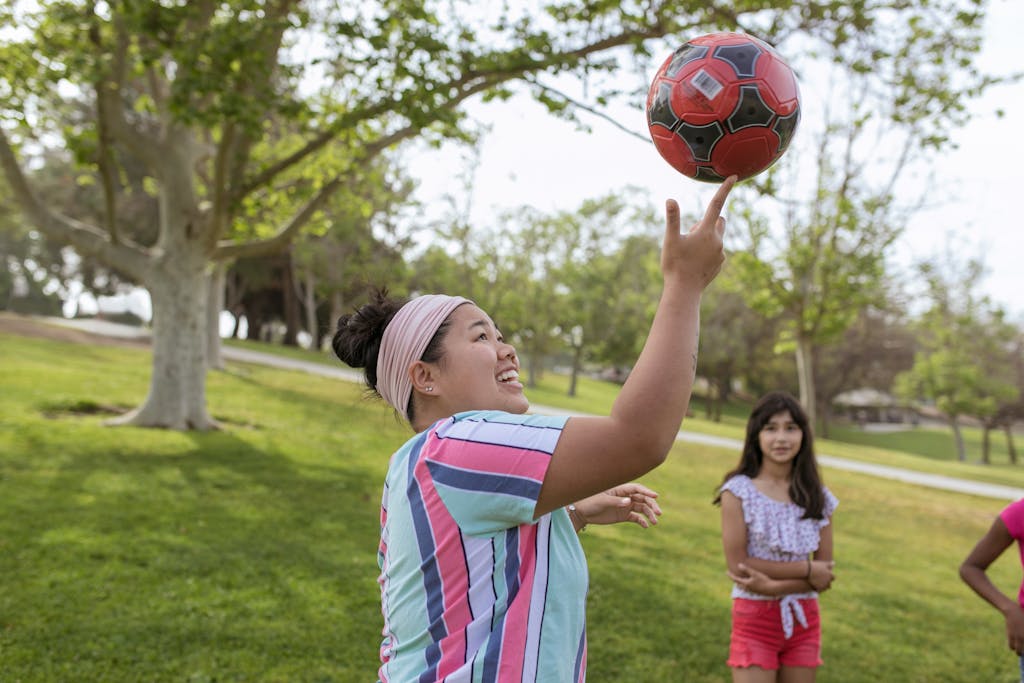
Getting Started in Your School
Launching a group mentorship program doesn’t have to be overwhelming. Start by identifying a small group of older students who are interested in leadership and willing to commit some time each week. Provide them with clear training and guidance so they understand their role and feel confident supporting younger students.
Next, decide how and when the mentorship will happen: during a designated class period, over lunch, or as an after-school option. Keep the schedule consistent so students know when to expect their mentor time.
Finally, make sure staff members are involved and supportive. Teachers and administrators can help guide activities and stay in touch with mentors to make sure the program stays on track. With the right structure in place, even a small program can make a big difference.
Overcoming Common Challenges
It’s normal for schools to wonder how they’ll fit mentorship into an already busy schedule or how to keep older students engaged once the program begins. The key is to start small and keep the structure simple. Even a short session once a week can have a noticeable impact.
Some schools also worry about whether mentors will take the role seriously. That’s why training and ongoing check-ins matter. When older students understand the difference they’re making and feel supported by staff, they’re more likely to stay committed and grow into the role.
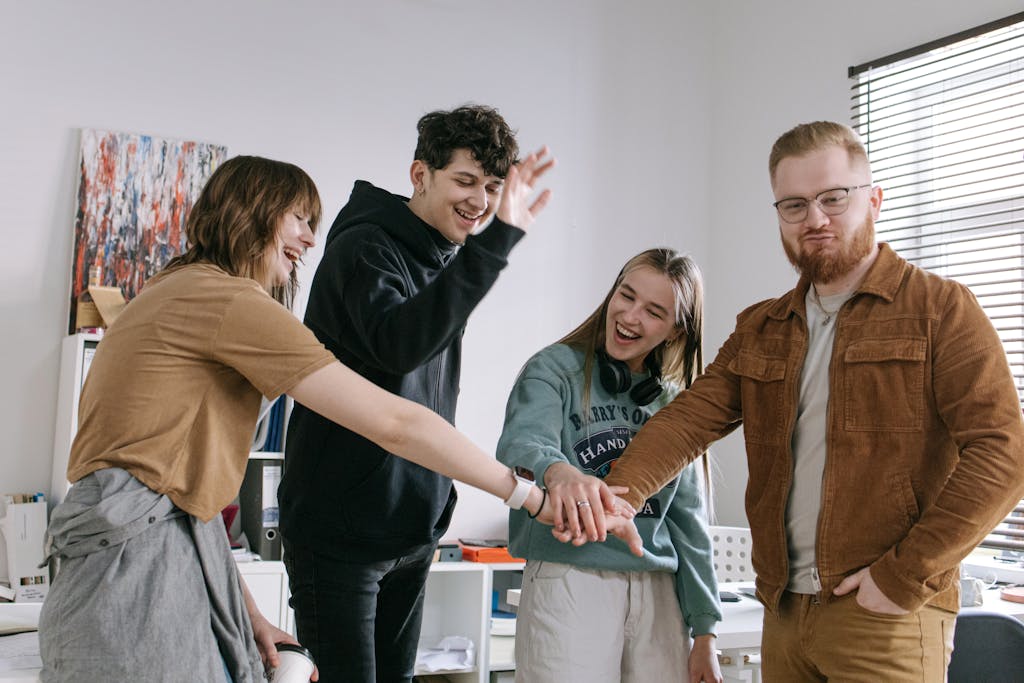
Conclusion
Group mentorship programs reduce bullying while also changing the way students relate to each other every day. By giving older students the tools to support and guide their younger peers, schools create stronger connections and a safer environment for everyone.
If you’re ready to bring mentorship to your school, we can help you get started. Explore our MAP STARS program for a ready-to-use framework or join our Weekly Bullying Prevention Newsletter for ongoing tips and strategies.
Together, we can create schools where students feel connected and empowered to stand up for each other.
